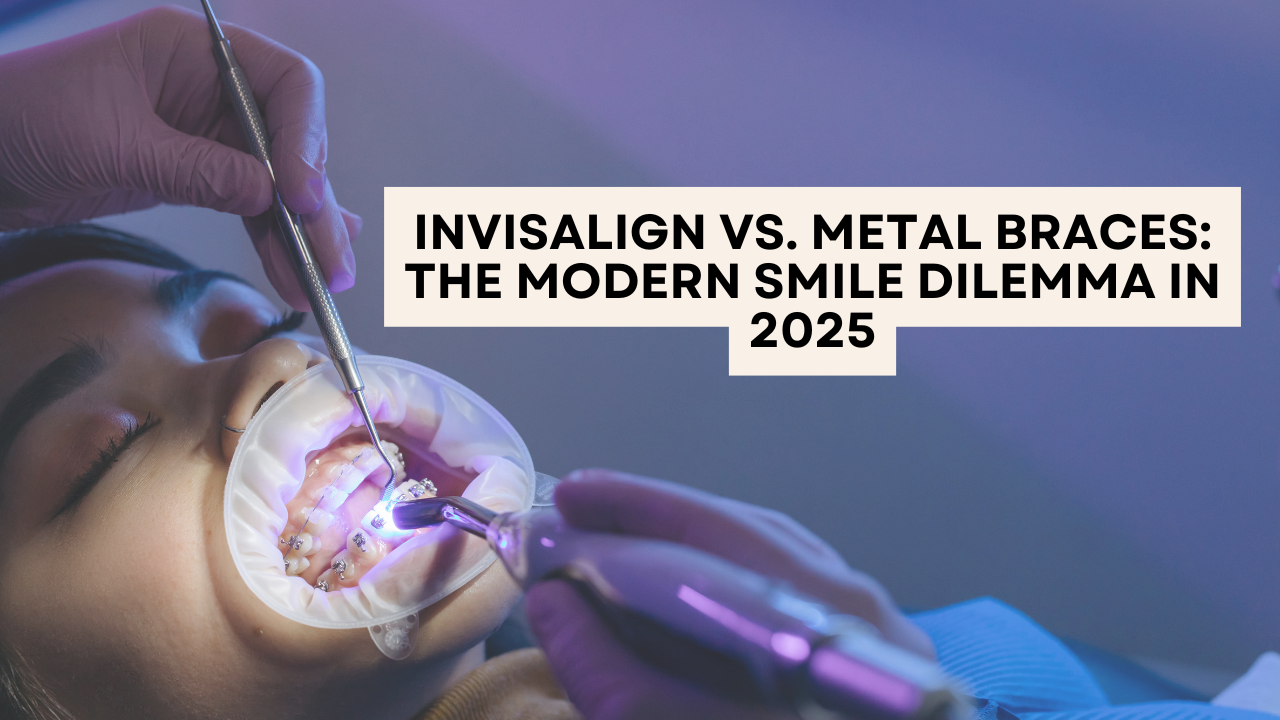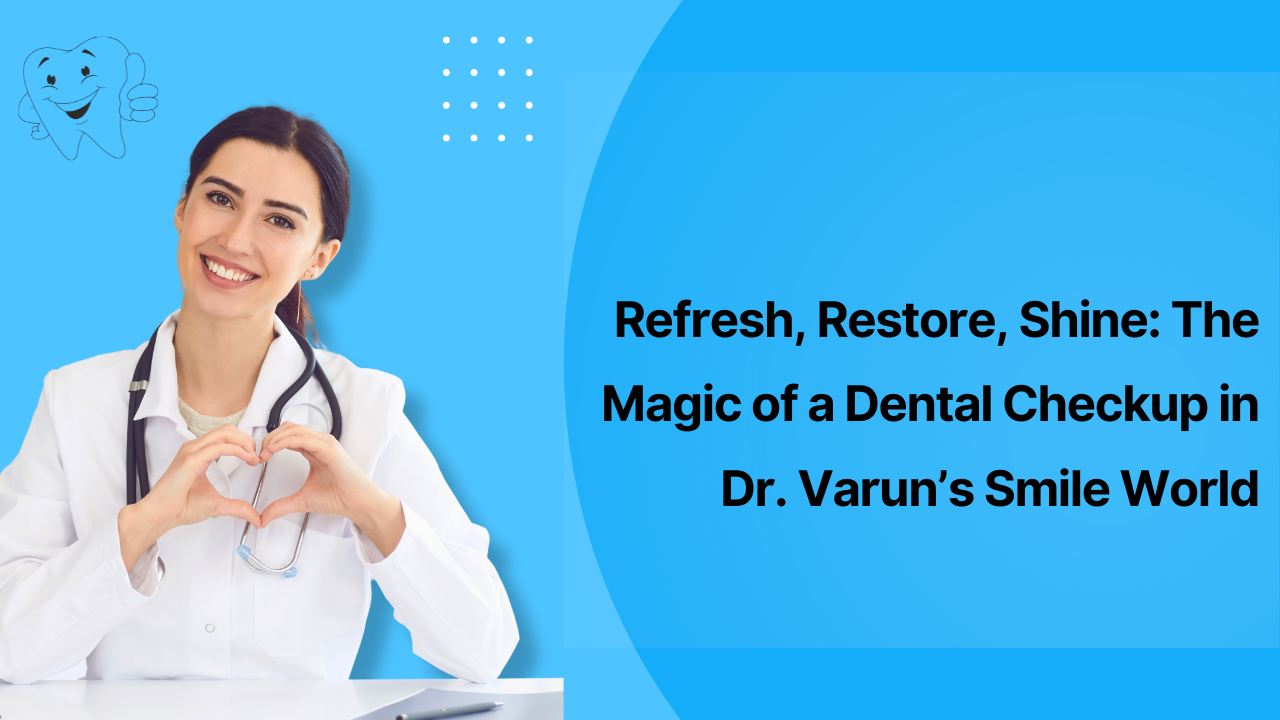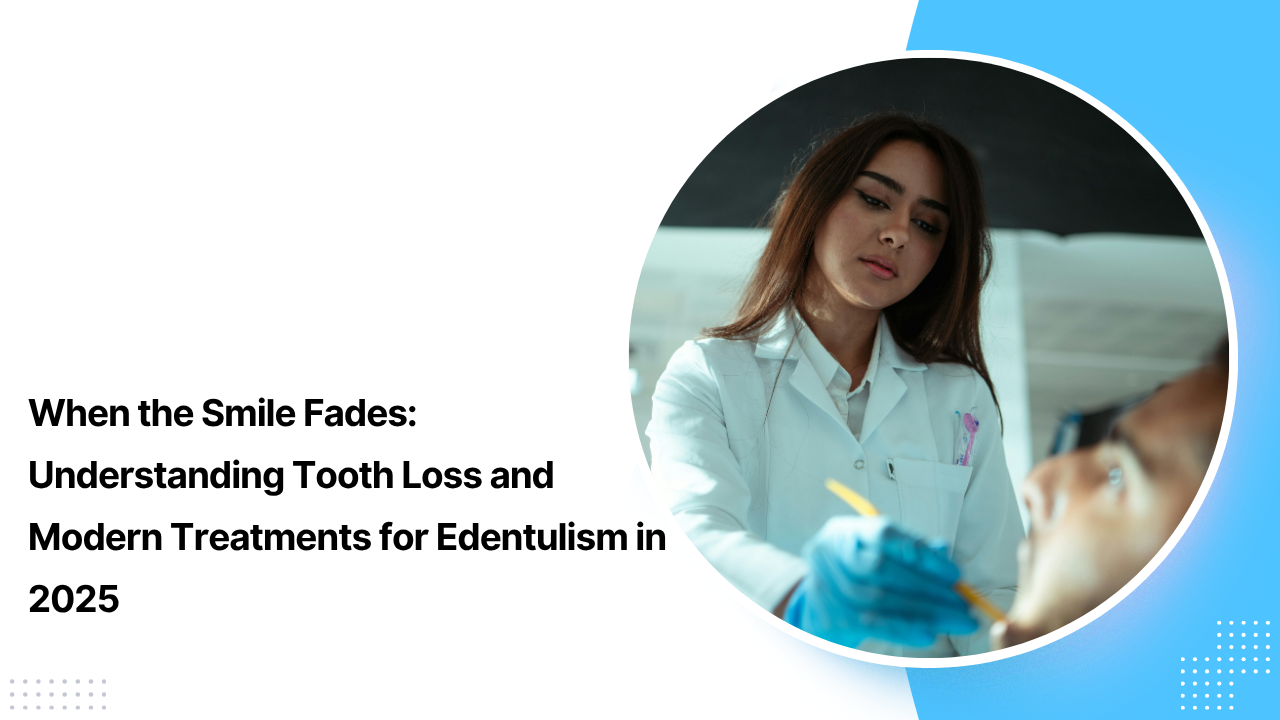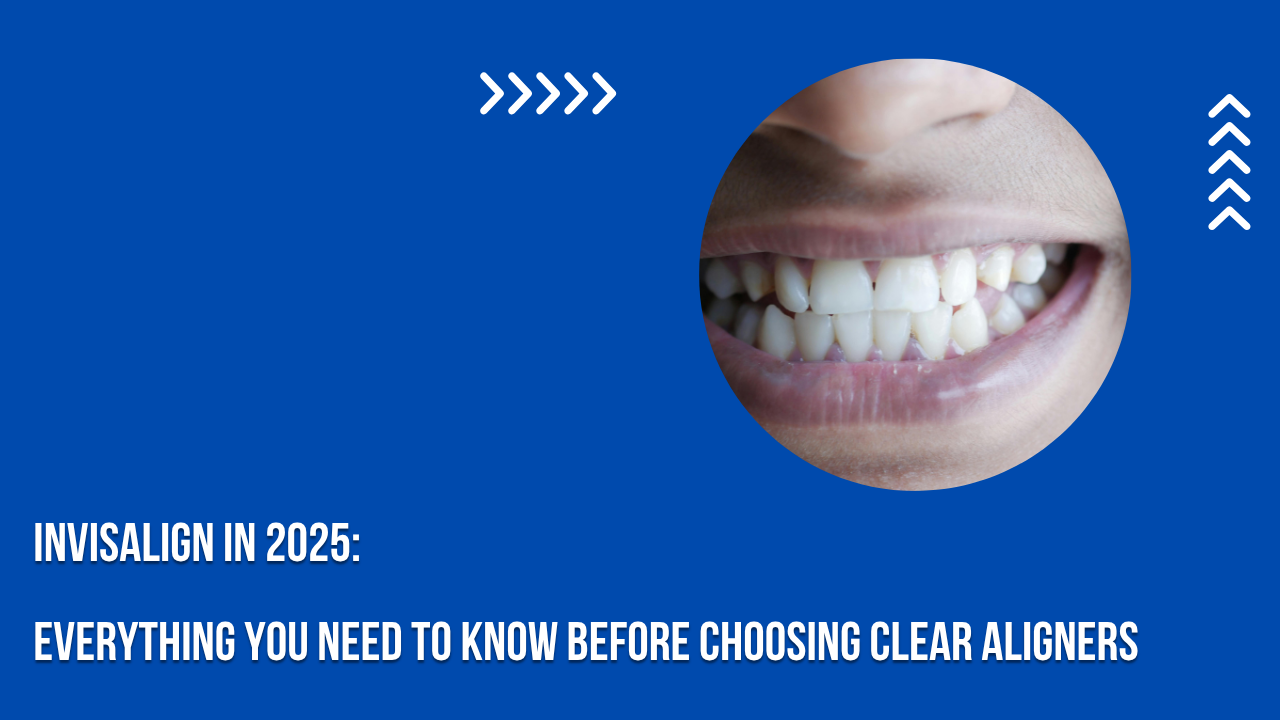A smile has always been more than just showing teeth. It serves as an introduction, a lasting impression, and sometimes the key detail that shapes how others remember you. For many years, orthodontic treatment was a simple decision—metal braces were the unquestioned standard. However, today’s landscape has shifted dramatically. The introduction of clear aligners like Invisalign has transformed the way people approach teeth straightening.
Now, in 2025, choosing between Invisalign and metal braces isn’t just about the outcome. It’s about lifestyle, comfort, personal priorities, and how you want to feel throughout the process as much as at the finish line.
So, which option suits today’s world best? Let’s explore the two routes that both lead to a confident, healthier smile.
The Modern Era of Orthodontics
For years, braces were synonymous with adolescence—rows of shiny brackets, wires, and colorful bands. While effective, they were rarely seen as stylish or subtle. Today, orthodontics has advanced into a more adaptable and patient-centered field.
Invisalign offers more than invisibility; it provides patients with control, freedom, and a treatment experience that feels less restrictive and more like a collaboration with technology. Meanwhile, metal braces remain a dependable and effective choice, continually improving with smaller brackets, smoother wires, and enhanced precision.
In essence, the debate isn’t about whether braces or aligners are better—it’s about determining which option suits your needs best at this point in your life.
Invisalign: The Transparent Option
When people think of Invisalign, the first thing that comes to mind is its discreet appearance. The nearly invisible aligners appeal especially to adults who prefer not to have their orthodontic treatment be noticeable. But the benefits extend beyond aesthetics.
- One of Invisalign’s greatest advantages is lifestyle flexibility. You can remove the aligners when eating, brushing, or flossing, which means no dietary restrictions and simpler oral hygiene.
- Comfort is another key factor. Without metal wires or brackets, irritation is minimal. The aligners feel smooth inside the mouth, and although there is some pressure as they work, the discomfort is generally easier to handle.
- Technological precision has advanced even further in 2025. Digital scans and AI-assisted treatment planning allow orthodontists to design your smile with exceptional accuracy. You can even preview a simulation of how your teeth will move before starting treatment.
- Convenience has also improved. Many clinics now offer remote monitoring, enabling you to send progress photos and reduce the number of in-office appointments.
However, Invisalign does have its drawbacks. The biggest challenge is commitment. Aligners need to be worn 20 to 22 hours daily, and forgetting to wear them can prolong or compromise treatment. Losing trays can also cause delays. While Invisalign has expanded its capabilities to address more complex cases, there are still certain situations where traditional braces remain the more effective solution.
Metal Braces: The classic strength
While Invisalign is the modern, sleek option, traditional braces are the tried-and-true solution that has stood the test of time. They’ve been trusted for generations because they effectively address all types of orthodontic issues.
Braces are attached directly to your teeth, so you don’t have to worry about remembering to wear them. They continuously apply consistent pressure to gradually move teeth into proper alignment. For those with severe crowding, bite problems, or complicated tooth rotations, braces often remain the most effective treatment.
Braces have also improved over time. Today’s versions are smaller, less noticeable, and come in ceramic or clear materials that make them less visible. Tooth-colored wires further reduce their prominence, making them less daunting than the traditional all-metal look.
Cost-wise, braces can be more affordable in complex cases since they require fewer replacements or adjustments compared to aligners. Plus, unlike aligners, braces don’t rely on your discipline or memory—once they’re on, they’re working continuously.
The downside? Lifestyle restrictions. Certain foods like sticky candies, hard snacks, and crunchy vegetables can cause problems. Cleaning around the brackets takes extra effort, and wires may sometimes irritate or break, requiring emergency visits. And naturally, braces are visible when you smile.
The 2025 Outlook
What makes this comparison especially relevant today is how much orthodontics has advanced recently. Key factors influencing the choice now include:
- Stronger, clearer aligner materials that resist staining, keeping Invisalign fresh and discreet.
- AI-powered treatment planning that speeds up and improves the accuracy of orthodontic care.
- The growing popularity of hybrid treatments, where patients begin with braces for major corrections and finish with aligners.
- Better insurance coverage and accessibility for clear aligners, narrowing the cost difference.
- Braces are becoming less metallic in appearance, with ceramic and clear options offering a more subtle look.
In summary, both braces and aligners have become more effective, accessible, and customizable than ever before.
A Choice Based on Lifestyle
Consider this decision less as a purely medical one and more as a lifestyle preference. Both Invisalign and braces can give you a beautifully straight smile, but the journey will differ depending on your choice.
If you:
- Prefer a discreet option for work or social situations
- Want flexibility with eating
- Appreciate technology-driven, personalized care
- Can commit to wearing aligners daily
…then Invisalign might be the best fit.
However, if you:
- Require treatment for complex alignment or bite issues
- Want a “set it and forget it” approach without relying on daily compliance
- Are you okay with visible brackets and some dietary changes
- Seek a potentially more cost-effective solution for complicated cases
…then metal braces could be the ideal choice.
The Bigger Picture: Confidence and Oral Health
It’s easy to get caught up in the discussion about aligners versus braces, but the true focus is on what both accomplish: boosting confidence and promoting oral health. Straightening teeth isn’t just about looks; it also improves bite function, prevents uneven wear, and makes cleaning easier for lasting dental wellness.
Whether you opt for nearly invisible clear aligners or modernized traditional braces, the outcome is the same — a smile you’ll be proud to show off without hesitation.
Final Thoughts
The real question isn’t whether Invisalign or metal braces are “better.” Instead, it’s about which option suits you best right now. In 2025, both choices are advanced, dependable, and more accessible than ever. Invisalign provides freedom and subtlety, while braces offer unmatched strength and accuracy.
The best approach is to consult an orthodontist familiar with both options. Request a personalized treatment plan, a digital preview, and a clear explanation of time and cost. Consider your lifestyle, priorities, and how you want the experience to feel — not just the final result.
Whether you choose the clear route of Invisalign or the trusted path of braces, one thing is certain: your smile is about to transform, and with it, much more than just your teeth.




